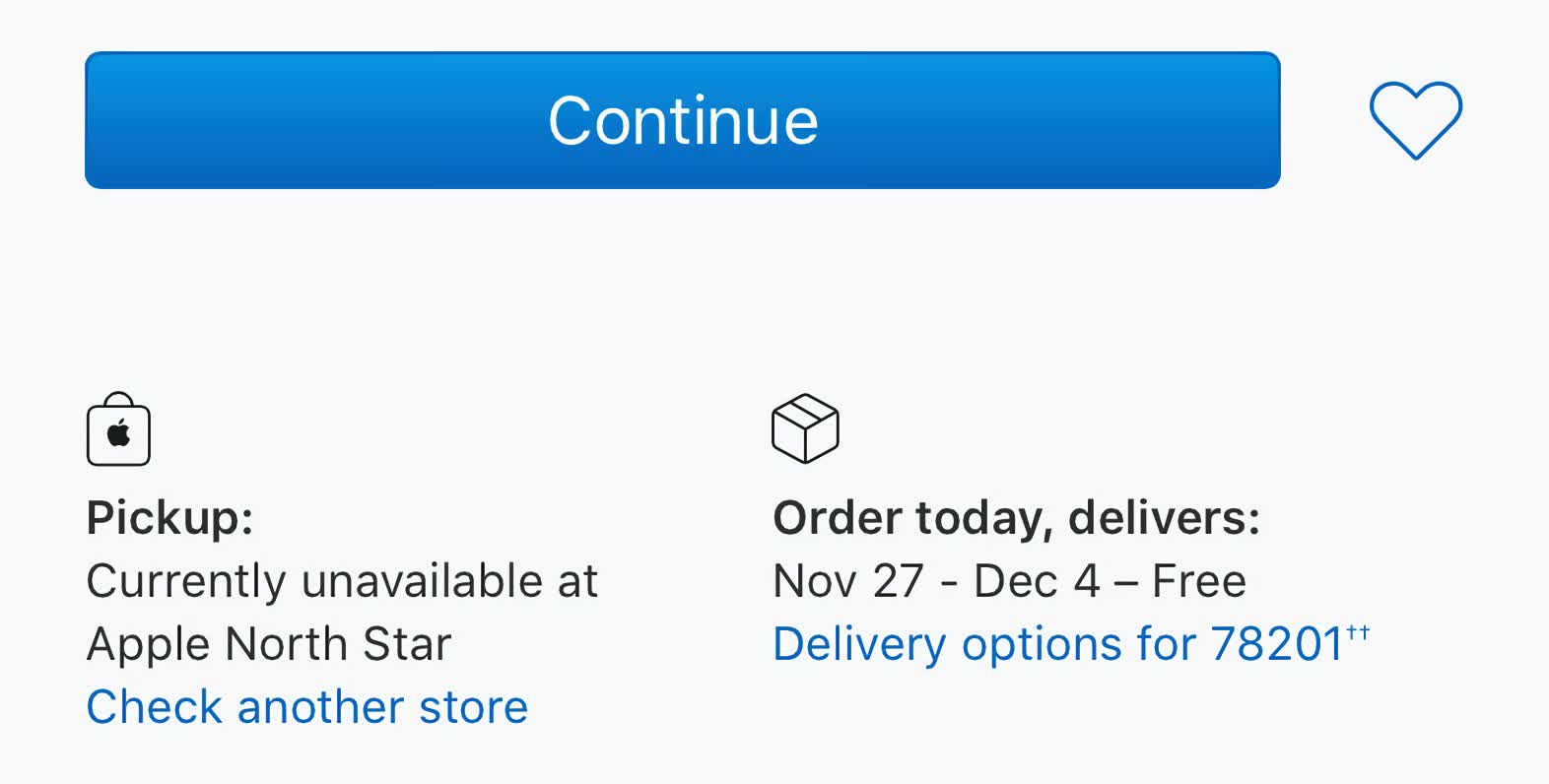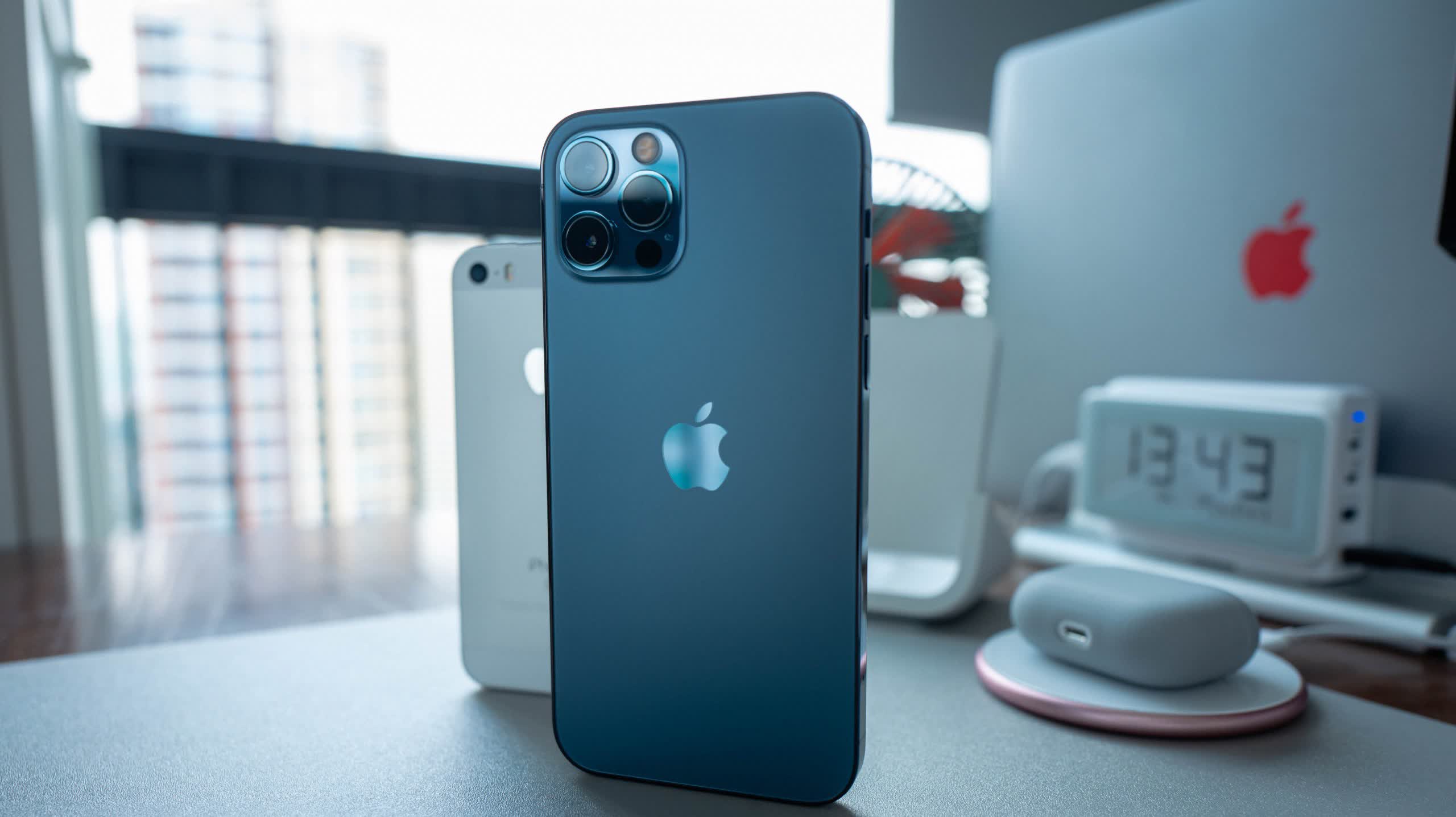In a nutshell: As we head into the holiday spending frenzy, manufacturers are boosting production on their hottest items. Over at Apple, its flagship, the iPhone 12, is projected to be a top seller. However, Cupertino may have trouble reaching production goals.
With the launch of the iPhone 12 family of flagships almost fully underway (iPhone 12 Mini ships tomorrow, Pro Max on November 13), Apple is geared up for a demanding holiday season. However, insiders say that production could hit a bottleneck due to shortages of the silicon used to manage the iPhone 12's power consumption.
The iPhone 12 is arguably the most power-hungry handset that Apple has produced. Thanks to its 5G capability and more advanced camera, the company's demand for power-control chips is higher than it has ever been, but suppliers might not be able to meet that demand, sources say.
It is unclear if this shortfall will affect availability during the peak-selling quarter. Still, anonymous sources tell Bloomberg Apple's suppliers are prioritizing the tech giant over other smartphone OEMs.

The primary reason for the chip shortage is said to be due to production disruptions caused by the coronavirus pandemic. However, Apple's primary chipmaker TSMC says that 5G devices require 30 to 40 percent more silicon than 4G, which factors into the increased demand.
Additionally, insiders say many companies are hoarding chips because of the uncertainty of continuing pandemic-caused shortages. Huawei, in particular, overstocked itself in the months before US sanctions kicked in in September.
TSMC is not the only chipmaker supplying Apple with power-management chips. For example, the camera system in the iPhone 12 Pro uses a chip from Texas Instruments, according to an iFixit teardown. Two other chips from STMicroelectronics NV and Qualcomm manage power to the 5G modem.
How much this silicon shortage will affect holiday sales or the availability of the iPhone 12 remain to be seen. However, according to purchase notifications on the Apple website (image above), customers placing orders now will not receive their device until the end of November. So it is very likely that retail locations and carriers will be in short supply as well.
Image credit: Jack Skeens
